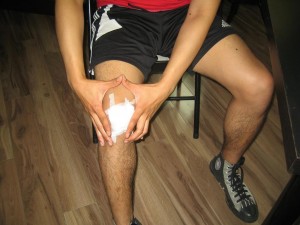Fact Checked
Overview Of Cuts or Lacerations
- A cut signifies damage to the skin with including damage to the connective tissue.
- Different from an abrasion (an injury caused by rubbing or scraping), none of the skin is absent – the skin just appears separated.
- A cut is usually thought of as a wound as a result of a piercing object (like a knife).
- The word laceration suggests a torn or serrated wound. Lacerations are usually caused by sharp items.
- A gash can be implied for a more intense effect because it indicates a wider or deeper cut.
- An avulsion is a wound where the connective tissue is not just disconnected but torn away from the body.
- Bleeding often occurs when experiencing a cut or laceration. Other worries with a cut include infection, discomfort, harm to structures underneath the skin, and impending scars.
Symptoms Of Cuts Or Lacerations

- Though it can be covered by blood, a cut is one of the simplest medical disorders to detect.
- A deep cut, might expose core tissues such as muscle, bone, fat, or tendon.
- Some individuals collapse when they see blood (this is a nervous response in which an impulse slowing the heart results in low blood pressure).
- Doctors need to differentiate this common faint from individuals who faint from loss of blood ( known as hemorrhagic shock)
Getting Medical Assistance
- Phone your doctor to establish whether you must get a tetanus injection.
- You would have had a tetanus injection vaccination within the previous 10 years if you have a minor, clean cut, or the last five years if you suffered a more serious or unclean cut.
Questions To Ask The Doctor
- Can you discontinue the bleeding?
- Are the edges of the wound disconnected?
- Can you effectively clean out the wound?
- Is it likely that severe underlying harm was done (such as damage sustained to a tendon or nerve)?
